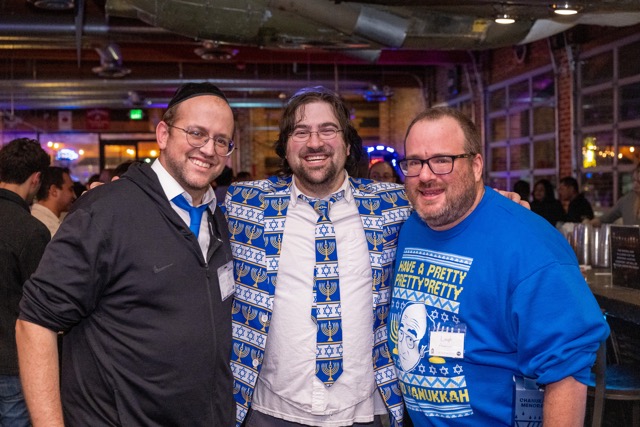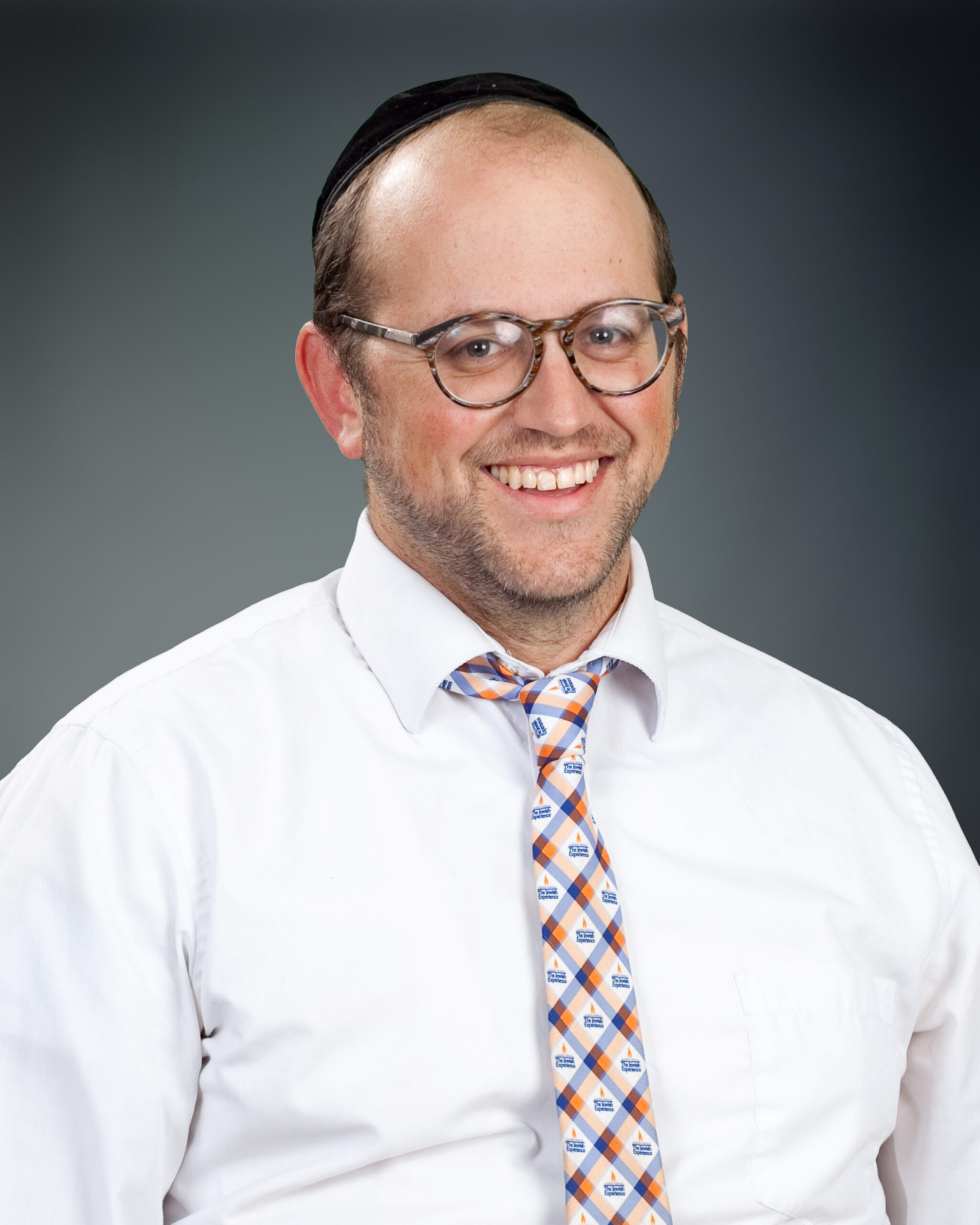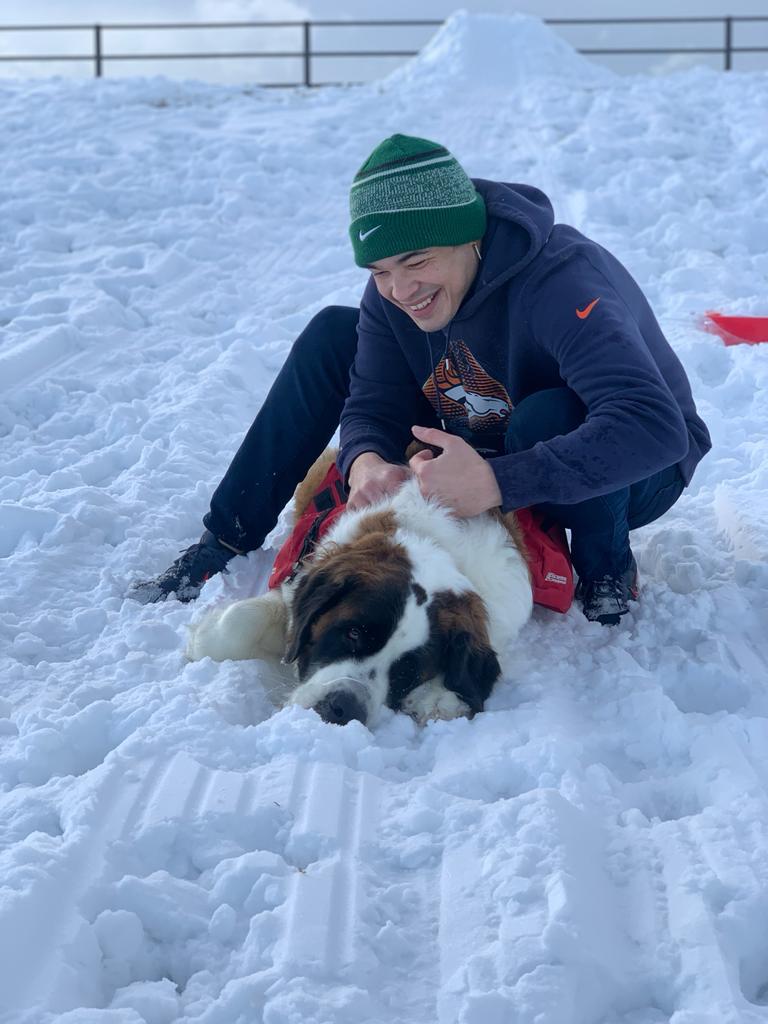by Rabbi Tzvi Alyesh
Pesach has ended. The matzah is cleared away, and the real carbs are back on the table. And what do Jews around the world begin to do? We count. This count, known as the counting of the omer, tells us when Shavuot comes (49 days after the second day of Passover), and additionally it gives us a count for the 33 day mourning period that commemorates the death of 24,000 students of Rabbi Akiva in roughly the year 200 CE.
Thirty-three days of mourning! To remember the destruction of a Beit Midrash, Torah study hall brought about by the students’ inability to respect one another. Tisha b’Av, the time we commemorate the destruction of both of our temples; the mourning period is only three weeks. But for this, we set aside thirty-three days of mourning??!!
Why?
Because when we try to interpret and understand the Torah, we learn it in two parts: The written law or Torah Shebeksav (תורה שבכתב) and the oral law known as Torah Shebal Peh (תורה שבעל פה). One without the other does not work!
Take Shabbat, for instance. The written law states many times that we have to keep shabbat and guard it. Keep it and guard it. When you are talking about a day of the week, how does one “Keep and guard” a day of the week? We are given only one explicit instruction: Do not kindle fire. But it is the oral law that further elucidates what it really means to keep and to guard. The Talmud (which is written down today, but is the traditional repository of the oral law tradition) tells us that any type of work that would have been done to construct the tabernacle must be abstained from on the shabbat. These 39 categories and many subcategories give us a guideline, at least, from which thousands of scholars over hundreds of years have derived the rules of Shabbat we have today.
Now, in Rabbi Akiva’s times the oral law was still passed down in the oral tradition, and was not yet recorded on paper. And therefore, the loss of so many students meant the loss of so much Torah knowledge and learning. It is, after all, our connection to Torah and, by extension, to God that separates us from the rest of the world. It is said that even more than the Jews keep the Torah, it is the Torah that keeps the Jewish people. So such a loss of knowledge and potential was catastrophic.
And though nearly 2,000 years have passed since that tragedy, the loss of learning and connection to Jewish heritage is hardly relegated to the past. Even today, we hear stories of people who were not even aware of their Jewish heritage. One of Denver’s most famous daughters, Madeleine Albright, only learned of her Jewish heritage after she became Secretary of State, for example. She had dozens of relatives murdered in Nazi death camps, and she rose to prominence as one of the leading minds in International Relations in the world, and did not even know she was Jewish. This is the kind of disconnect from our Jewish heritage and Jewish inheritance that we continue to mourn.






